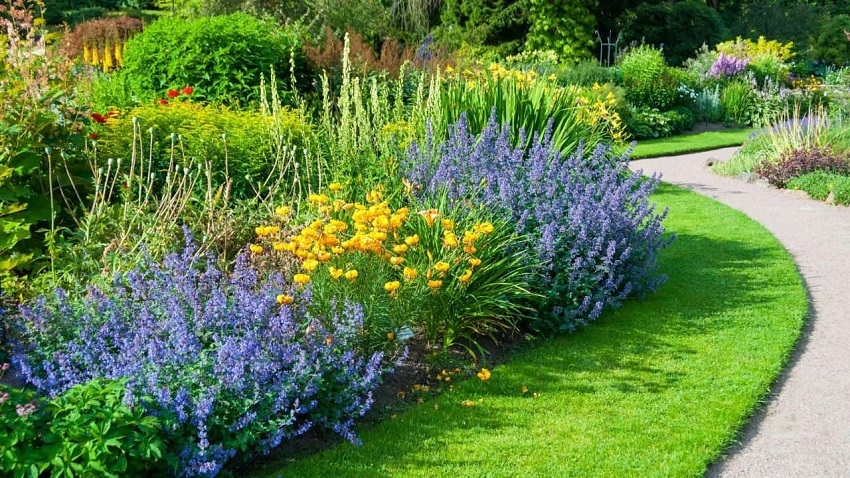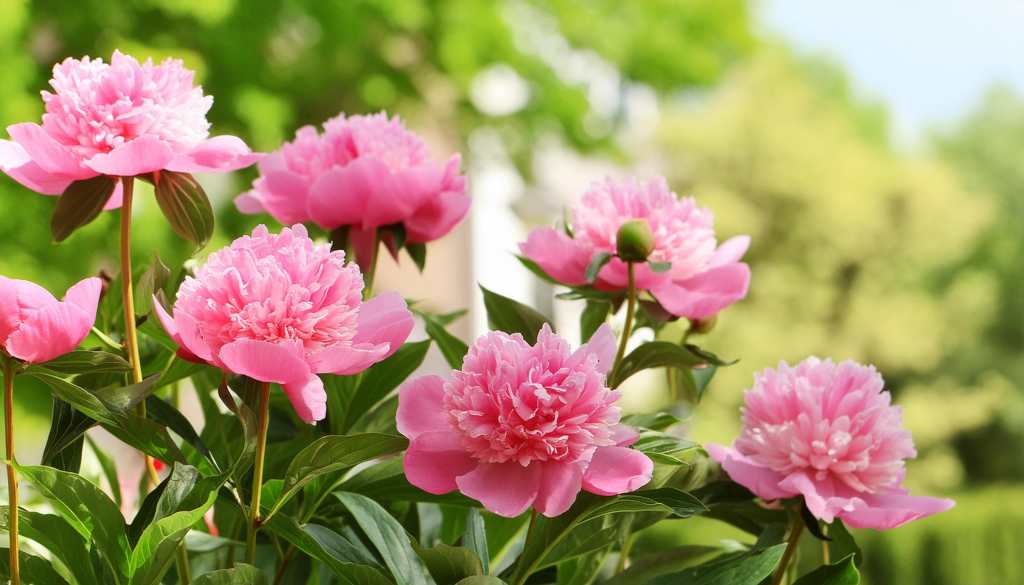When it comes to landscaping and gardening, choosing the right plants for specific areas of your house is crucial for creating a visually appealing and functional outdoor space. The west side of a house can present unique challenges due to its exposure to intense sunlight and potential heat. In this article, we will explore the best plant options for the west side of your house, taking into consideration their suitability for the prevailing conditions. Whether you have a sunny garden or a shaded patio, we’ve got you covered with a variety of plant recommendations that will thrive on the west side of your home.
Understanding the West Side
Before delving into the plant selection process, it’s essential to understand the characteristics of the west side of your house. In the northern hemisphere, the west side typically receives direct sunlight during the afternoon and evening, making it a hot spot during the warmer months. This exposure to intense sunlight and potentially higher temperatures can impact plant growth and overall health. It’s important to consider these factors when choosing plants for this area. If you’re wondering what side of the house do you plant hydrangeas, the west side can be a good option as long as they receive enough sunlight and are protected from harsh afternoon sun.
Selecting the Right Plants
1. Sun-Loving Perennials
To add color and vibrancy to your west-facing garden, opt for sun-loving perennials that can withstand the heat. Here are a few options to consider:
- Lavender (Lavandula): With its aromatic scent and beautiful purple blooms, lavender is a popular choice for sunny areas. It thrives in well-drained soil and requires minimal watering once established.
- Daylilies (Hemerocallis): These hardy plants produce stunning blooms in various colors and can tolerate heat and drought. Daylilies are low-maintenance and add a splash of color to any garden.
- Black-Eyed Susans (Rudbeckia): Known for their cheerful yellow flowers with dark centers, black-eyed Susans are reliable perennials for the west side of a house. They attract pollinators and are drought-tolerant.
2. Shade-Tolerant Options
If your west side is shaded for a significant part of the day, there are still plenty of plants that can thrive in these conditions. Consider the following shade-tolerant choices:
- Hostas: These leafy plants come in various sizes and have attractive foliage that can range from solid green to variegated. Hostas are excellent for adding texture and visual interest to shaded areas.
- Astilbes: Astilbes are known for their feathery plumes of flowers in shades of pink, red, and white. They prefer moist soil and can add a pop of color to shady spots.
- Ferns: Ferns are a classic choice for shady areas due to their love for moist, well-drained soil. They come in various shapes and sizes, adding a touch of elegance to any garden.
3. Climbing Vines and Shrubs
To create a vertical element and enhance the aesthetics of the west side of your house, consider incorporating climbing vines and shrubs. These plants can provide shade and privacy, while also adding beauty to your outdoor space. Here are a few options to consider:
- Clematis: This climbing vine produces showy flowers in a variety of colors, such as purple, pink, and white. Clematis thrives in full sun or partial shade and can be trained to grow along trellises or fences.
- Honeysuckle (Lonicera): Honeysuckle is a fragrant climbing vine that attracts hummingbirds and butterflies. It thrives in full sun to partial shade and can quickly cover trellises or walls.
- Bougainvillea: If you live in a warmer climate, bougainvillea is a stunning option. It boasts vibrant bracts in shades of pink, red, orange, and purple. Bougainvillea requires full sun and well-drained soil.
Maintaining and Caring for Your Plants
Once you’ve selected the right plants for the west side of your house, it’s important to provide them with proper care to ensure their growth and longevity. Here are some essential tips:
- Watering: Be mindful of your plants’ water requirements. While some may prefer drier soil, others thrive in consistently moist conditions. Establish a watering routine based on each plant’s specific needs.
- Mulching: Apply a layer of organic mulch around your plants to retain moisture, suppress weeds, and regulate soil temperature.
- Pruning: Regularly prune your plants to maintain their shape and promote healthy growth. Remove any dead or damaged branches to prevent disease and pest infestations.
- Fertilizing: Use a balanced, slow-release fertilizer to provide essential nutrients to your plants. Follow the manufacturer’s instructions for application rates and timing.
- Monitoring: Keep an eye out for any signs of pests, diseases, or nutrient deficiencies. Promptly address any issues to prevent them from spreading and causing harm to your plants.
Conclusion
Choosing the right plants for the west side of your house is crucial for creating an attractive and thriving outdoor space. By considering the exposure to sunlight, heat, and shade, you can select plants that will flourish in this specific area. Whether you opt for sun-loving perennials, shade-tolerant options, or climbing vines and shrubs, there are numerous plant choices available to enhance the beauty of your west-facing garden. Remember to provide proper care and maintenance to ensure the long-term health and vitality of your plants. With the right selection and attention, your west side will become a stunning focal point of your landscape.






